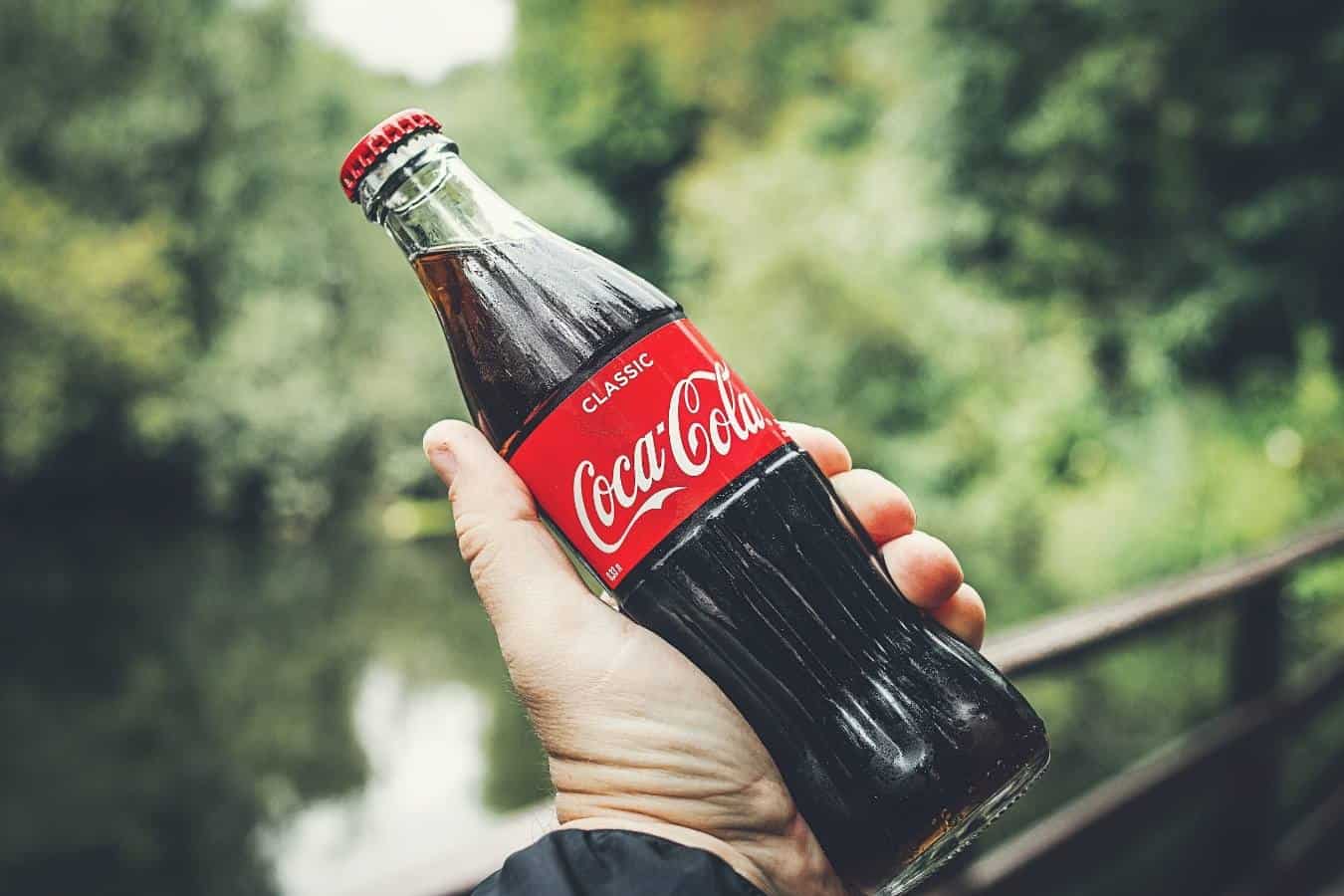Anyone who’s dabbled in culinary experimentation will know that, occasionally, a substituted ingredient, cooking mistake, or recipe misunderstanding can lead to an unexpectedly new taste or texture. Sometimes, the new creation is even more delicious than the original dish! This article explores the 18 famous foods that were invented by sheer chance.
Potato Chips

In 1853, the chef at Moon’s Lake House restaurant in Saratoga Springs (George Crum) had an incredibly fussy customer who complained that their French fries were too soggy. According to ThoughtCo, Crum decided to slice the potatoes as thinly as possible, resulting in the first potato chips. They were declared delicious and became a global hit.
Chocolate Chip Cookies

Ruth Wakefield, owner of the Toll House Inn in Whitman, MA, is credited with creating the chocolate chip cookie in the 1930s. Legend has it that she ran out of melted baker’s chocolate for her usual batch of cookies. Instead, she chopped up a regular Nestlé chocolate bar and incorporated the pieces into the dough. The result? The now-beloved chocolate chip cookie!
Popsicles

An 11-year-old boy named Frank Epperson is said to have invented the popsicle in 1905. Apparently, Epperson left a mixture of soda powder and water (with a stirring stick in it) on his porch overnight during a cold winter. The following day, he found a frozen treat and named it the Ep-sickle. Once they gained popularity, later on, his children convinced him to change the name.
Corn Flakes

According to History.com, Dr. John Kellogg accidentally invented Corn Flakes in 1877 while experimenting with healthy breakfast options for patients at his sanitarium. He believed cooking flour, oats, and cornmeal made them more digestible, but one day he over-cooked a batch of wheat dough, turning it thin and flaky. After the batch was baked and toasted, Corn Flakes were born!
The Caesar Salad

In 1924, Caesar Cardini, a restaurateur in Tijuana, Mexico, was running low on ingredients and improvised a salad for a group of hungry patrons using romaine lettuce, croutons, parmesan cheese, and a unique dressing made with olive oil, lemon juice, Worcestershire sauce, garlic, and egg. His quick-thinking resourcefulness resulted in the now world-famous Caesar salad!
Cheetos

Charles Elmer Doolin is credited with creating Cheetos in the 1930s. He was an employee at the Frito-Lay snack company, attempting to repurpose unused puffed cheese doodles that were a by-product of another product. Unsure, Doolin tried dusting the corn-based discards with a new, bright orange cheese flavoring. Thus, he accidentally invented Cheetos.
Rum Raisin Ice Cream

Agnes Borden was the wife of Gail Borden (the inventor of condensed milk) and is credited with creating rum raisin ice cream in the late 19th century. The story goes that a canister of rum intended for making baked goods was mistakenly used instead of vanilla extract in a batch of ice cream. This was the first ever boozy ice cream, with the raisins added later.
Potato Salad

The exact origins of potato salad are lost to history, but some culinary historians trace it back to 18th-century Germany. Early versions likely involved boiled potatoes dressed with simple vinaigrettes to enhance their shelf life (by pickling) while adding flavor. As mayonnaise became more common in the 19th century, the salad evolved into the form we now know and love.
Bananas Foster

While bananas are a common fruit today, they were a novelty in the U.S. in the 1880s. Legend has it that Brennan’s Restaurant in New Orleans created Bananas Foster out of desperation in 1884. NPR claims a flambéed dessert was being prepared for some wealthy customers, but the chef was missing some key ingredients, so he substituted rum, brown sugar, and bananas.
Peking Duck

A staple of Beijing cuisine, Peking duck is believed to have originated during the Ming Dynasty (around 1368–1644). Although the unique preparation method of inflating the duck with air to separate the skin from the meat was initially intended to make cooking easier, the resultant dish of crispy skin and tender meat was surprisingly popular and has remained so for decades.
French Fries

Despite their name, French fries were first made in present-day Belgium sometime in the 1680s. According to legend, the village of Namur ran out of small fish when the local river froze over in winter. The fish were typically fried in oil as a hot snack, so the villagers substituted fish for sliced potatoes (which they had a large store of), resulting in the (now) world-famous street food.
Chocolate Chip Cookie Dough Ice Cream

Ben & Jerry’s, the iconic Vermont ice cream company, is known for its innovative and sometimes unusual ice cream flavors. In the 1980s, co-founder Jerry Greenfield reportedly saw a child sneaking spoonfuls of raw cookie dough from a mixing bowl to add to ice cream. Inspired, he made the combination into a new flavor—and it was a phenomenal success!
Coca-Cola

In 1886, Atlanta pharmacist John Pemberton was experimenting with syrups intended for headaches and created a caramel-flavored concoction. The original recipe included medicinal coca leaves (a source of cocaine) and kola nuts (containing caffeine), but it was found to be delicious when mixed with carbonated water. Coca-Cola was the end result!
The Brownie

The brownie is another accidental invention that is frequently credited to a woman named Fannie Farmer, a cook living in Boston in the late 19th century. Despite being a professional with her own cooking school, Farmer accidentally omitted eggs from a chocolate cake batter, resulting in a denser, fudgier dessert. This delicious new style of cake became the brownie.
S’mores

This ubiquitous campfire treat is thought to have originated in the early 1920s. Although the exact history is unknown, it’s believed that Boy Scouts with limited snack-style ingredients (graham crackers, chocolate, and marshmallows) were experimenting with cooking on a campfire. The official term “s’mores” first appeared in a scouting manual in 1927.
Potato Skins

While loaded potato skins are now a popular appetizer or bar food, they were created to minimize food waste. In the 1980s, Buffalo, New York, restaurateur John Martin is said to have created them to avoid throwing away leftover baked potatoes. He took the skins, crisped them in the oven, and topped them with cheese, bacon, and chives, and a new menu item was born.
Yogurt

Yogurt is an ancient food with origins dating back thousands of years, but its initial production was almost definitely accidental. The BBC states that nomadic tribes in Eastern Europe likely stored milk in animal stomachs and other organic containers, exposing it to bacteria. This caused the milk to ferment, curdle, and thicken, particularly in warm temperatures.
Toll House Pie

Another accidental invention from chocolate chip cookie inventor Ruth Wakefield, the Toll House Pie is a variation of her cookie recipe. Apparently, Wakefield decided to add some spare chopped nuts to her chocolate chip cookie dough and, having run out of cookie sheets, baked it in a pie dish, creating the rich and delicious pie named for her premises.
Read More: Why People Aren’t Religious Anymore: 15 Simple Reasons

As society evolves, so does our approach to spirituality. This article looks at the subtle yet profound shift from traditional religious adherence to a more personal, evidence-based belief system.
Why People Aren’t Religious Anymore: 15 Simple Reasons
17 Things Society Can No Longer Do Because Gen Z Said So

Gen Z, our digital-native, trendsetting generation, is making waves in the cultural sea, steering the ship of societal norms in fresh and unexpected directions. As they charter new territories, there are certain practices they’d rather we say goodbye to. Curious? Let’s take a look at 17 things the rest of us can no longer do because Gen Z said so.
17 Things Society Can No Longer Do Because Gen Z Said So
19 Common Behaviors of Highly Intelligent People

Intelligent individuals often display a range of behaviors and qualities that set them apart from others. When exploring these characteristics, it’s crucial to comprehend that intelligence is a multifaceted attribute. Here are 19 essential behaviors and qualities frequently observed in highly intelligent people.
19 Common Behaviors of Highly Intelligent People
17 Things We Were Taught in High School That We Now Know Aren’t True

Well, this one may depend on when you went to high school, but for this millennial, these are the things we were taught in high school that have been proven not to be true. Personally, I still want to go back and correct every teacher who told me I wouldn’t always have a calculator in my pocket; the joke is on them.
17 Things We Were Taught in High School That We Now Know Aren’t True
16 Reasons Why Trump May Not Get a Second Term

Though Republican frontrunner Donald Trump thinks his trip back to the Oval Office is all but guaranteed, there are some real hurdles he has to get past. Here are the 16 obstacles that may stand in the way of a second term.

